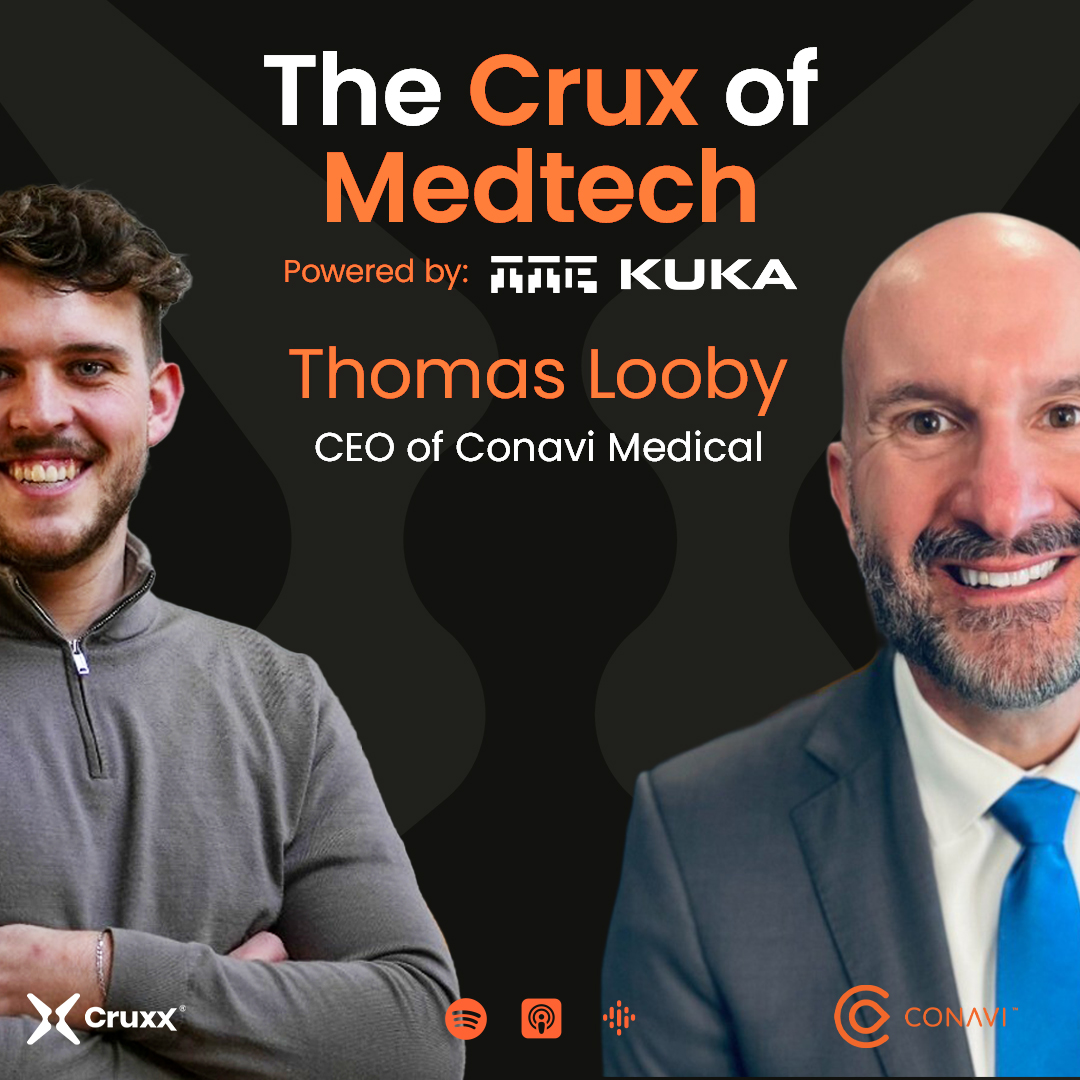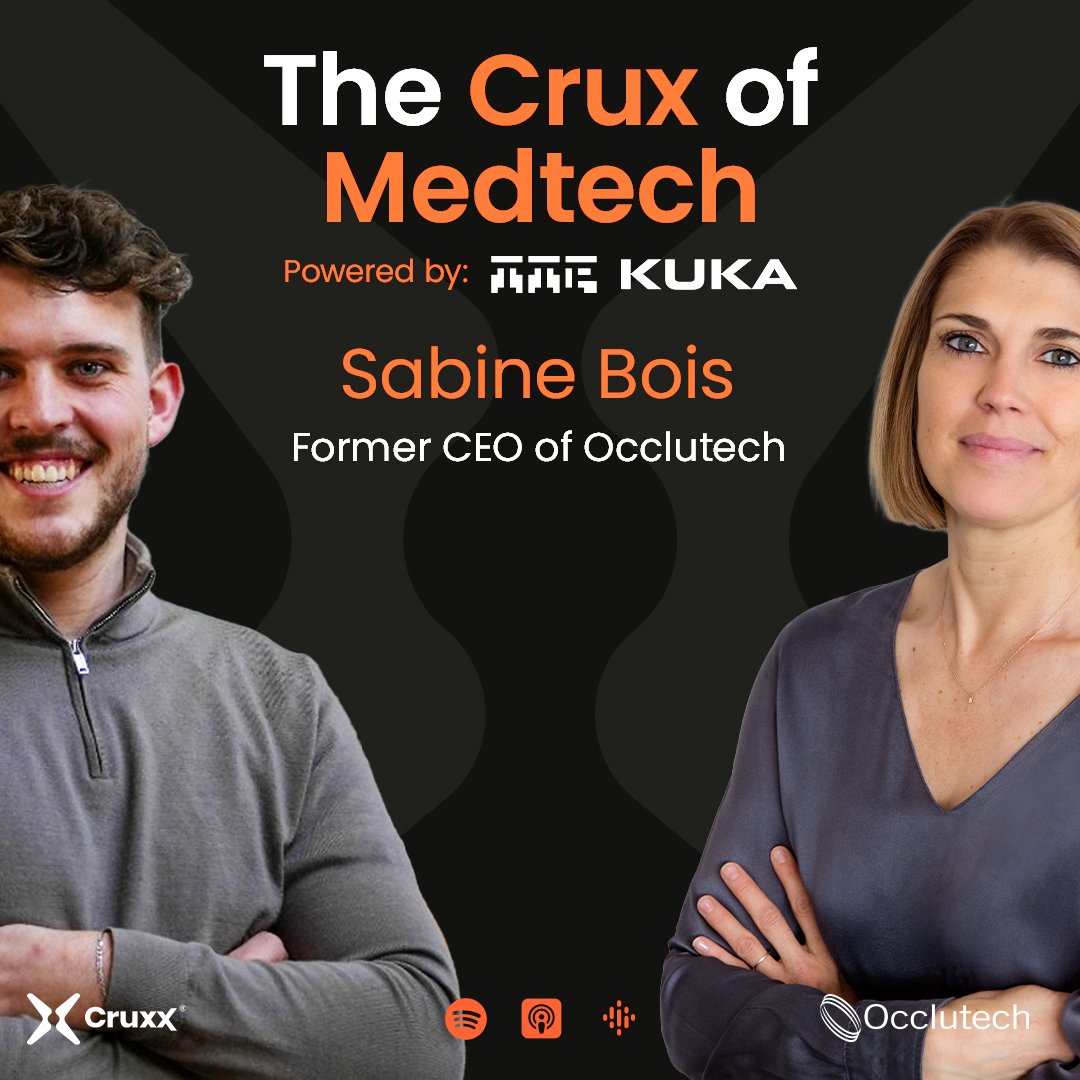Building a strong team can make or break a company. In the surgical robotics space there are plenty of opportunities for talented individuals, but how can companies choose the right candidates?
Dual-Modality Imaging That Rewrites PCI Outcomes with Thomas Looby





